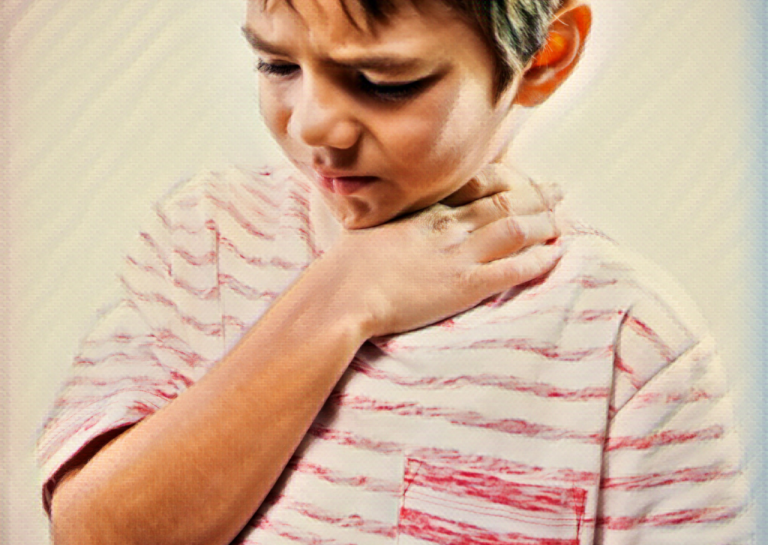Overview
Strep throat is a bacterial infection of the throat and tonsils caused by the Streptococcus bacteria. It is a common condition among children and adolescents, and it can lead to a variety of symptoms, including sore throat, fever, and swollen lymph nodes. If left untreated, strep throat can lead to serious complications, such as rheumatic fever and kidney inflammation. It is important to understand the symptoms, causes, treatment, and prevention of strep throat in children in order to manage and prevent this condition.
Symptoms
The most common symptoms of strep throat in children include:
- Sore throat: This is the most common symptom and it can be severe, making it difficult for the child to swallow.
- Fever: A fever of 101 degrees Fahrenheit or higher is common with strep throat.
- Swollen tonsils: The tonsils may appear red and swollen, with white or yellow spots on them.
- Enlarged lymph nodes: The lymph nodes in the neck may be swollen and tender to the touch.
- Headache, abdominal pain, nausea and vomiting, and rashes may also be present.
Causes
Strep throat is caused by a specific type of bacteria called Streptococcus pyogenes. The infection is spread through close contact with an infected person, through respiratory droplets when an infected person coughs or sneezes, or by touching a surface or object that has the bacteria on it.
Treatment
Treatment for strep throat typically involves a course of antibiotics, such as penicillin or amoxicillin, to kill the bacteria causing the infection. It is important that the child takes the full course of antibiotics, even if they start feeling better before the medication is finished. Symptoms usually improve within a few days of starting antibiotics, but it is important to complete the full course to prevent the bacteria from developing resistance to the medication.
Other treatments to help with symptoms include:
- Pain relievers: Over-the-counter pain relievers, such as ibuprofen or acetaminophen, can help to reduce fever and sore throat pain.
- Warm compresses: Placing a warm, damp cloth on the throat may help to reduce soreness.
- Saltwater gargles: Gargling with warm salt water can help to soothe a sore throat.
- Plenty of fluids: Drinking fluids can help to keep the throat moisturized and prevent dehydration.
Prevention
There are several steps that can be taken to prevent strep throat, including:
- Handwashing: Proper handwashing is the most effective way to prevent the spread of infection.
- Avoid close contact with infected individuals: If someone in your household has strep throat, try to avoid close contact with them until they have been on antibiotics for at least 24 hours.
- Disinfect common surfaces: Clean and disinfect common surfaces and objects, such as doorknobs and light switches, to reduce the spread of bacteria.
- Immunizations: Make sure that children are up-to-date on their vaccinations, such as the pneumococcal vaccine.
Citations
- Smith, J. (2015). Understanding Streptococcal Diseases. Springer.
- Johnson, R., & Johnson, M. (2017). Strep Throat: Causes, Symptoms, and Treatment. Oxford University Press.
